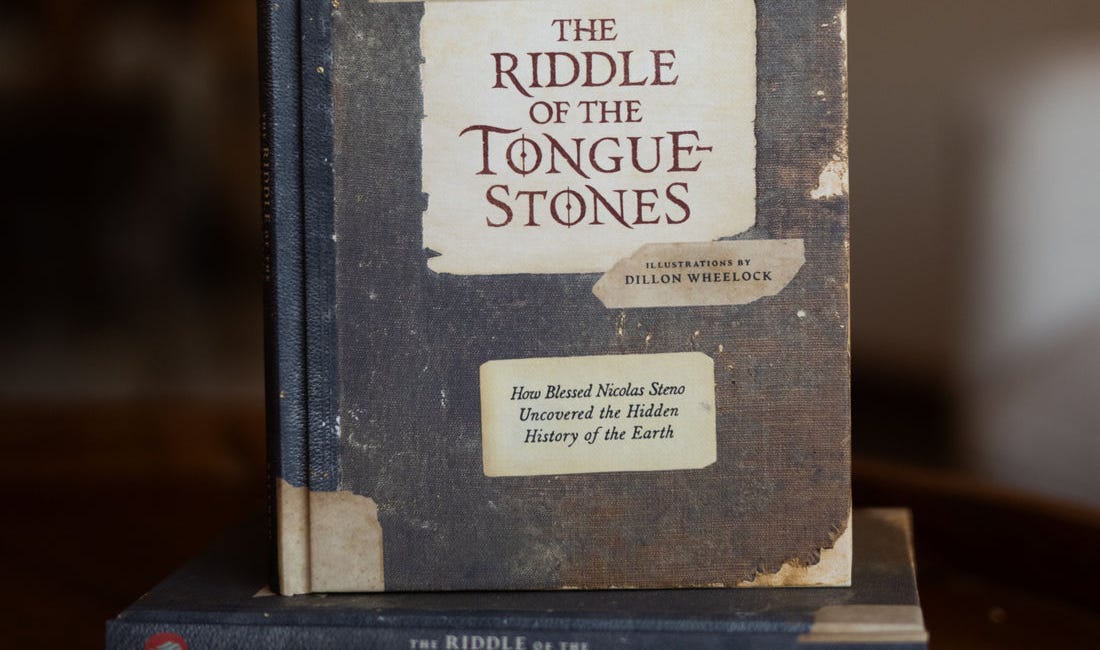
Have you ever heard of an aircraft boneyard? It’s basically a big empty area, usually in a desert, where commercial and military airplanes are retired and eventually scrapped or scavenged for parts.
Ever since I first learned about them, I’ve been intrigued by boneyards, perhaps because the name itself conjures up to my imagination the image of countless dinosaur bones eroding out of the badlands. (For years I’ve wanted to go hunting for fossils out in the great American West, but that’s a story for another time...)
Anyway, I have my own special boneyard. Not for B-52’s or Brontosauruses, but for books—my uncompleted manuscripts, that is.
I’ve got thumb drives and Google folders crowded full of stories in various stages of completion that I’ve abandoned (temporarily or permanently) for whatever reason, gathering proverbial dust.
Allow me to take you on a brief tour of my boneyard to meet a few of the more prominent resident stories. Maybe someday I’ll resurrect one or more of these books-in-progress, put muscles and tendons, and skin on the dry word-bones. Or perhaps they’ll all lay silent and forgotten. Who can tell when or if an abandoned story will get a fresh chance at life? (I can’t even answer my own rhetorical question!!)
Without further gibberish, let’s meet my boneyard books:
Fiction
“Sword and Claw”
If memory serves me well, I started writing this fantasy adventure during the COVID lockdowns. It began life as a short story called “The Fledgling.” It was about a teenage girl who goes hunting in the mountains. She catches nothing and trudges home in disappointment, only to stumble upon a wounded fledgling gryphon. She tends to the creature’s wounds and forms a mystical bond with it.
When I’d written about 5,000 words or so, I realized that “The Fledgling” was not really a short story, but Chapter 1 of a novel! The story certainly had the potential to spin into a longer tale but, try as I might, all of my subsequent outlines were lackluster. It always ended up as a ripoff of Eragon. So, “Sword and Claw” sits in my files. Maybe it was just an early experiment in fantasy-writing that has served its purpose. Only time will tell.
“The Pilgrim Prince”
This one probably requires its own dedicated post to explain properly. Those of you who have been following me for a while might remember that I made a serious attempt to outline and write this epic fantasy novel well over a year ago. Sadly, the project stalled out after I finished the outline.
A Novel Endeavor, Week 1
If you’re reading this, I’d like to personally thank you for being a subscriber to Pageturning. Until now, I’ve not offered anything exclusive for my paid-tier supporters, and for that I apologize.
In a nutshell, “The Pilgrim Prince” was to be my love letter to The Lord of the Rings and my other favorite fantasy sagas like The Chronicles of Prydain. It all started with a fascinating question—What would it be like to be the son and heir of the archetypal hero-king (like Aragorn or Arthur)? Just imagine the pressure that kid would be under! If your dad basically saved the world… How could you ever live up to that legacy? What kind of expectations (real or imagined) would others have of you?
Exploring a character like that still fascinates me. I’ll admit, this story has become a bit of an obsession. So much so that my own high expectations as a writer have seemingly sabotaged my efforts. Part of the problem might be trying to fit the novel into a middle-grade/young-adult mold. Yes, the protagonist is a young person, but whenever I try to write MG or YA fiction, I encounter stiff resistance from writer’s block.
Honestly, I don’t know what to do with this project. I desperately want to finish it, but I’m floundering in a morass of half-completed outlines and abandoned drafts. Like I said, I’m going to need a much longer post to really dig into why I need to tell this fantasy story.
“The Nordingham Incident”
This one had a pretty straightforward beginning as a sequel to my paranormal sci-fi novella Field Station Delta. I have a whole mess of ideas for future adventures featuring Airman Emily Metzger and her team. “The Nordingham Incident” seemed the most straightforward. The plot was inspired by a well-documented “close encounter of the second kind”— the 1980 Rendlesham Forest incident. I pulled together a detailed outline and wrote the first chapter. Then I hit a wall.
My hopes for completing a rough draft of “Nordingham” this summer were dashed. But I haven’t abandoned this novella forever. The positive feedback I’ve gotten for Delta has encouraged me to keep writing paranormal thrillers. So “Nordingham” will likely be resurrected in one form or another in the not-to-distant future. Stay tuned!
Nonfiction
Ever since I completed my debut children’s nonfiction book, The Riddle of the Tongue-Stones, I’ve been eager to write some kind of follow-up or sequel. Tongue-Stones recounts the story of Nicolas Steno, a 17th-century anatomist and Catholic priest whose genius helped unravel the mystery of the origin of fossils.
THE RIDDLE OF THE TONGUE-STONES
Friends, today is the official launch date for my debut children’s nonfiction book from Word on Fire Votive!
Recently, I completed the rough draft of a new children’s book along similar lines—a biography of Abbé Henri Breuil, a French priest and archaeologist who helped discover and interpret the famous prehistoric cave paintings at Lascaux in the 1940s.
My preliminary title is “The Riddle of the Painted Caves: How Father Henri Breuil Uncovered the Lost Secrets of the Stone Age.” (Although I’ve also considered the alternate title “The Prehistorian.”)
But as I began to make my way through revisions, I encountered structural problems with the book. Breuil’s story doesn’t have as strong a “hook” as Steno’s had. After all, the mystery of the painted caves is just that—an unsolved mystery. Archaeologists still aren’t certain why Stone Age humans made this incredible art in remote caves.
Also, Tongue-Stones has a powerful narrative of conversion. Steno overcomes self-doubt about his career and his faith, his restless heart finally discovering peace in the Catholic Church. Henri Breuil’s life lacks these dramatic elements of transformation and self-discovery.
So, for now, I’m going back to the drawing board with “Painted Caves.” Over the summer, I’ll be doing more research on Abbé Breuil, his time at Lascaux, and his work at other prehistoric sites. Hopefully, I’ll find the information I need to develop this fascinating story of discovery into a truly great children’s book.






I like the idea of all your children’s biographies being “The Riddle of” because it makes it a kind of series that kids can buy more of when they get into one. But if the title formula doesn’t work for a Saint, I wouldn’t force it.
Wish you were as motivated to complete some of your abandoned projects, as I am to read a completed masterpiece.